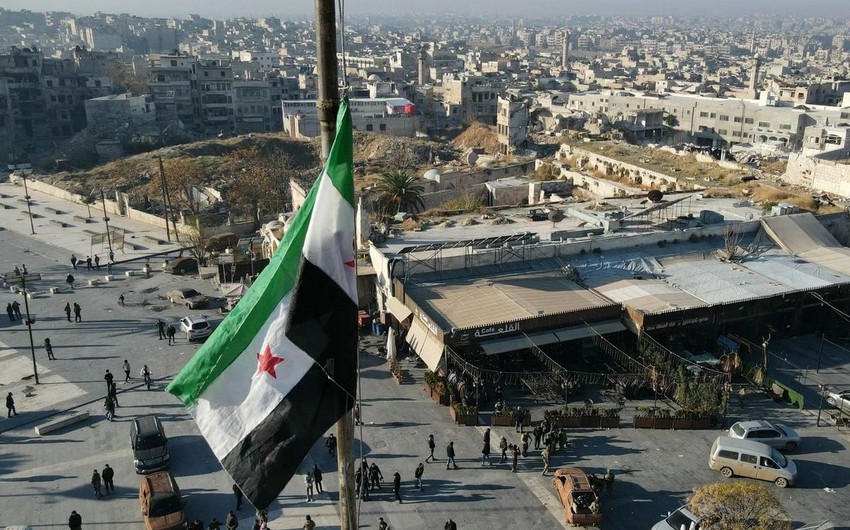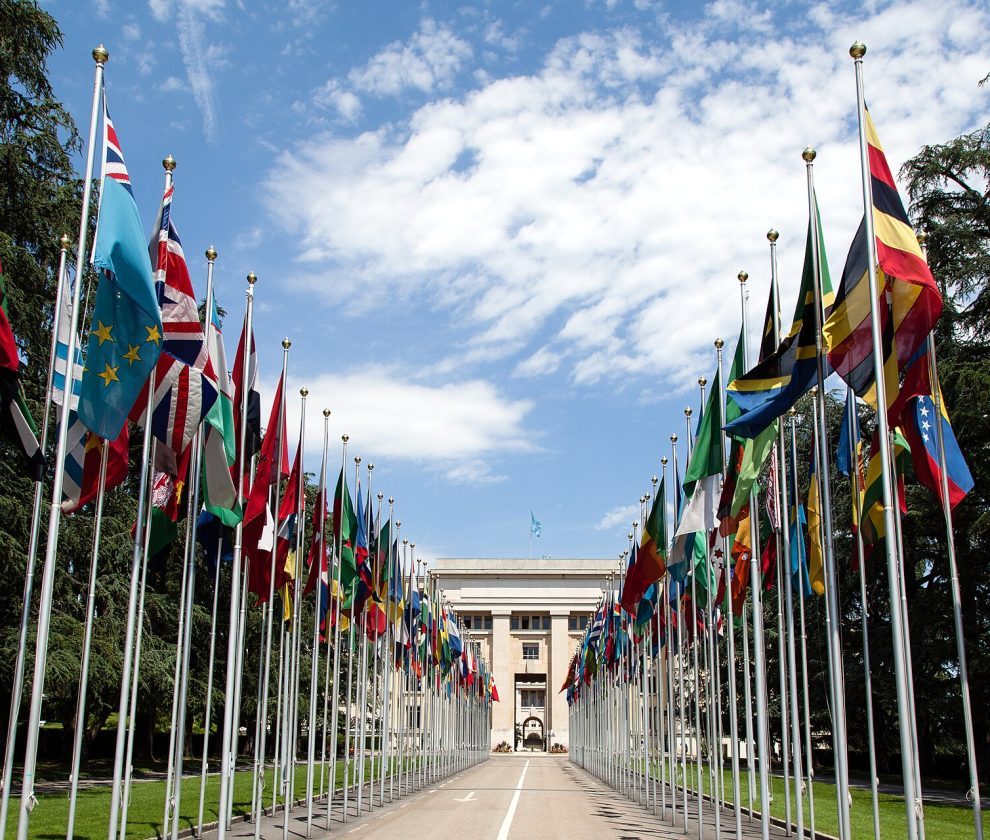Understanding the Syrian Conflict: Internal Resilience and External Influences

The Syrian crisis, lasted from 2011 to 2024, shows how complicated the interactions between internal social processes and external geopolitical factors are in the Middle East. A critical, research-based analysis shows that both internal factors like regime consolidation, sectarian divisions, and the legacy of colonial state-building played a big role in the conflict’s path, as did external actors in shaping its course and outcomes.
Using theoretical frameworks like Neoclassical Realism (NCR) helps us comprehend how domestic political systems deal with and respond to systemic foreign forces in a more complex way. In Syria’s case, continued assistance from regional and global allies, especially Iran and Russia, gave the regime military, economic, and diplomatic support that helped it stay in power and strengthen its position. Iran’s intervention in Syria went beyond ideological affinity and was strategically embedded in a wider goal of maintaining and expanding its “axis of resistance” across the Levant. This was evident in Iran’s coordination of Shi’a militias, including fighters from Hezbollah, Iraqi Popular Mobilization Forces, and Afghan Fatemiyoun units, mobilized under the command of the IRGC to secure key areas such as the Damascus–Aleppo corridor and the Sayyida Zaynab shrine. Tehran’s strategy included establishing permanent military infrastructure in Syria, such as the Imam Ali base near the Iraqi border in 2019, reflecting broader security and logistical interests. These efforts aligned with NCR’s emphasis on how systemic ambitions are translated into concrete actions through domestic capabilities and regional alliances. This outside help helped keep the country together, especially because the dictatorship controlled cities and networks of loyalists.
On the other hand, Turkey, Qatar, Saudi Arabia, the United States, and others tried to weaken Assad’s grip on power. But these interventions often had different goals, which made the region more divided and the conflict last longer. Some of these initiatives didn’t take into account how strong existing connections and internal processes were for keeping the regime in power, which made Assad’s position stronger.
Turkey’s involvement was shaped not only by its domestic security concerns about Kurdish autonomy but also by its broader aim to influence the post-conflict order. In addition to “Operation Euphrates Shield” in 2016, Ankara launched “Operation Olive Branch” in 2018 and “Operation Peace Spring” in 2019, targeting Kurdish-held areas in Afrin and northeast Syria, respectively. These operations were not solely counterterrorism efforts but served Ankara’s goal to establish a buffer zone and demographic reconfiguration in areas like Afrin, where local displacement and repopulation strategies followed5. Furthermore, Turkey’s establishment of observation posts under the Astana agreement and its military presence in Idlib province showed an attempt to carve out a strategic sphere of influence, consistent with NCR’s notion of power projection filtered through domestic concerns and regional rivalries.
Furthermore, the involvement of Qatar and Saudi Arabia in Syria illustrates how their divergent strategies were tied to systemic competition with Iran and regional leadership ambitions. Qatar’s early support for Islamist factions, such as those affiliated with the Muslim Brotherhood, led to its backing of groups like Liwa al-Tawhid and Ahrar al-Sham, which operated predominantly in northern Syria from 2012 to 2014. In contrast, Saudi Arabia’s support coalesced around more secular or Salafist-leaning factions, culminating in the creation of the Army of Islam (Jaysh al-Islam) in the Damascus suburbs in 2013. Despite their financial and logistical investments, both states struggled to maintain cohesive opposition fronts. Their rivalry was evident during the Geneva II peace talks in 2014, where opposition delegations backed by each state clashed on strategic priorities and political concessions. This fragmentation diluted the effectiveness of external support and highlights the way domestic ambitions and rival threat perceptions—central to NCR—shaped their Syrian policies.
The Syrian regime’s survival did not depend only on help from other countries. The administration used careful plans to keep control of the land, keep the loyalty of the elite, and break up the resistance. But Syria also had significant internal problems, such the fracturing of the opposition, changing demography, and the displacement of millions of people. These things changed the social fabric and made it hard to rule and make peace in the long run.
A post-colonial view also helps us understand how the rest of the world has dealt with the Syrian situation. External powers’ narratives and actions typically ignored the political dynamics of the indigenous people and instead focused on their own strategic objectives. This shows how colonial borders and state institutions still affect the problems and weaknesses in modern Syria.
These case studies make clear that while external actors sometimes aligned with local needs—such as defeating ISIS or providing humanitarian aid—their primary motivations were geostrategic. Whether it was Russia seeking influence and military presence, Iran attempting to sustain a regional alliance network, or Turkey aiming to suppress Kurdish autonomy, their interventions reflect the NCR model of systemic pressures filtered through national interests and domestic agendas. In this sense, external involvement was not an altruistic effort to stabilise Syria, but a continuation of regional and global competition by other means, shaping not only the survival and defeat of Assad but the wider trajectory of Syrian statehood.
WRITTEN BY:
Beatrice Liverzani
- Disclaimer: The views and opinions expressed in this article are those of the author and do not necessarily reflect the official policy or position of any organization, institution, or group with which the author is affiliated.

